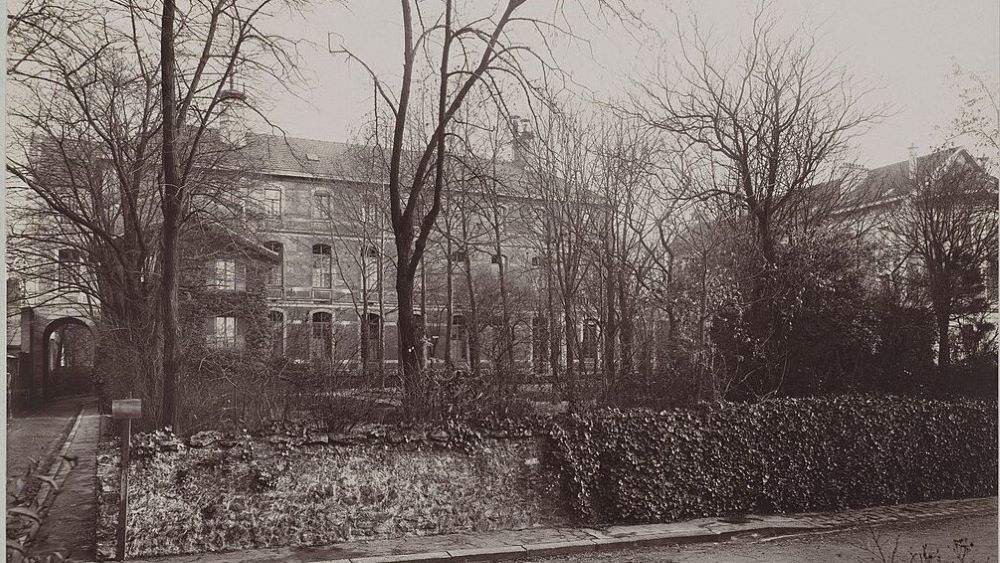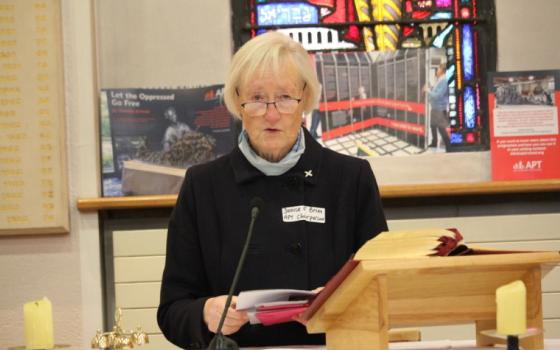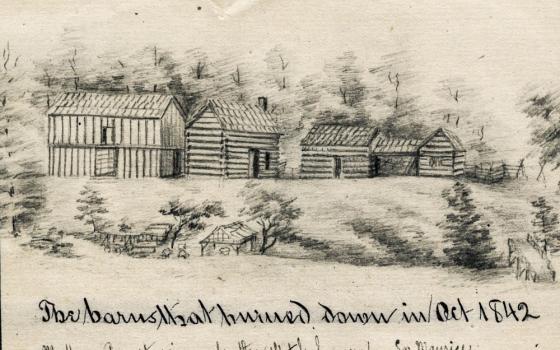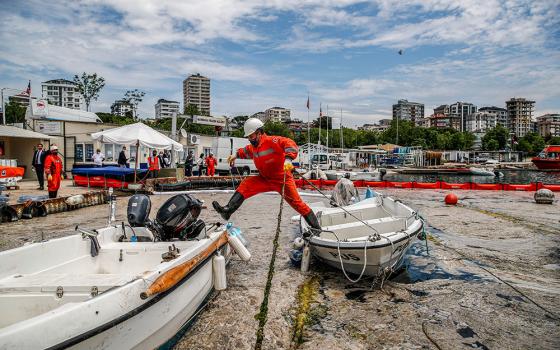
While the Maison Médicale Jeanne Garnier is the largest and best-known center for palliative care in France and Europe, it is not the only one. Other centers modeled on Jeanne Garnier's vision have opened in France and in the United States.
After Garnier died in Lyon in 1853, a widow named Aurélie Jousset heard about her house caring for the dying and set up the Calvaire of Paris in 1874 in the southwest of the city. On the wall of their new house, she wrote this quote from Matthew 25: "I was sick and you visited me."
Other houses were then founded in France — in 1875 in St. Etienne, 1881 in Marseille and 1906 in Bordeaux. In 1920, the Dames du Calvaire were recognized as a nonprofit group, enabling them to receive private funds and donations. These centers are still operating.
In the United States, in 1899, a small group of widows in New York, inspired by the work of the Women of Calvary in France, set up a similar organization, caring for destitute women with terminal diseases. They cared for the women first in their own homes, then in two brownstone houses on Perry Street in Greenwich Village, Manhattan. It moved to the Bronx in 1915 and to its current location in the Bronx in 1978.
'In a society where death is hidden, to know that there is a place where one can go to the end, take his time and be accompanied, because this is life, is something unique.'
—Sr. Marie Gillet
Women religious congregations — including the Dominican Sisters of Blauvelt, the Dominican Sisters of the Sick Poor (now the Dominican Sisters of Hope) and the Little Company of Mary — assisted in the administration of nursing and overall patient care at Calvary Hospital, until 1976. A lay administration now runs Cavalry, which provides hospice and palliative care to adults with advanced cancer and other illnesses. People from a variety of faith traditions share in the hospital's mission.
In Paris, the Dames du Calvaire continued their work discreetly at a time where not much was done for sick people without family.
Advertisement
In 1971, the house took the name Maison Jeanne Garnier. But the women were growing older and fewer joined the group. This prompted the archbishop of Paris, Cardinal Jean-Marie Lustiger, to turn to another congregation, La Xavière, which had younger nuns, to ask them to take over. A community of Xavières settled in the Maison Jeanne Garnier in 1986.
"We had to think a lot when Cardinal Lustiger asked us this. We knew it would be an enormous commitment," Sr. Marie Gillet, who was then superior general of the Xavière, explained in a 2021 documentary.
"In a society where death is hidden," she said, "to know that there is a place where one can go to the end, take his time and be accompanied, because this is life, is something unique."








